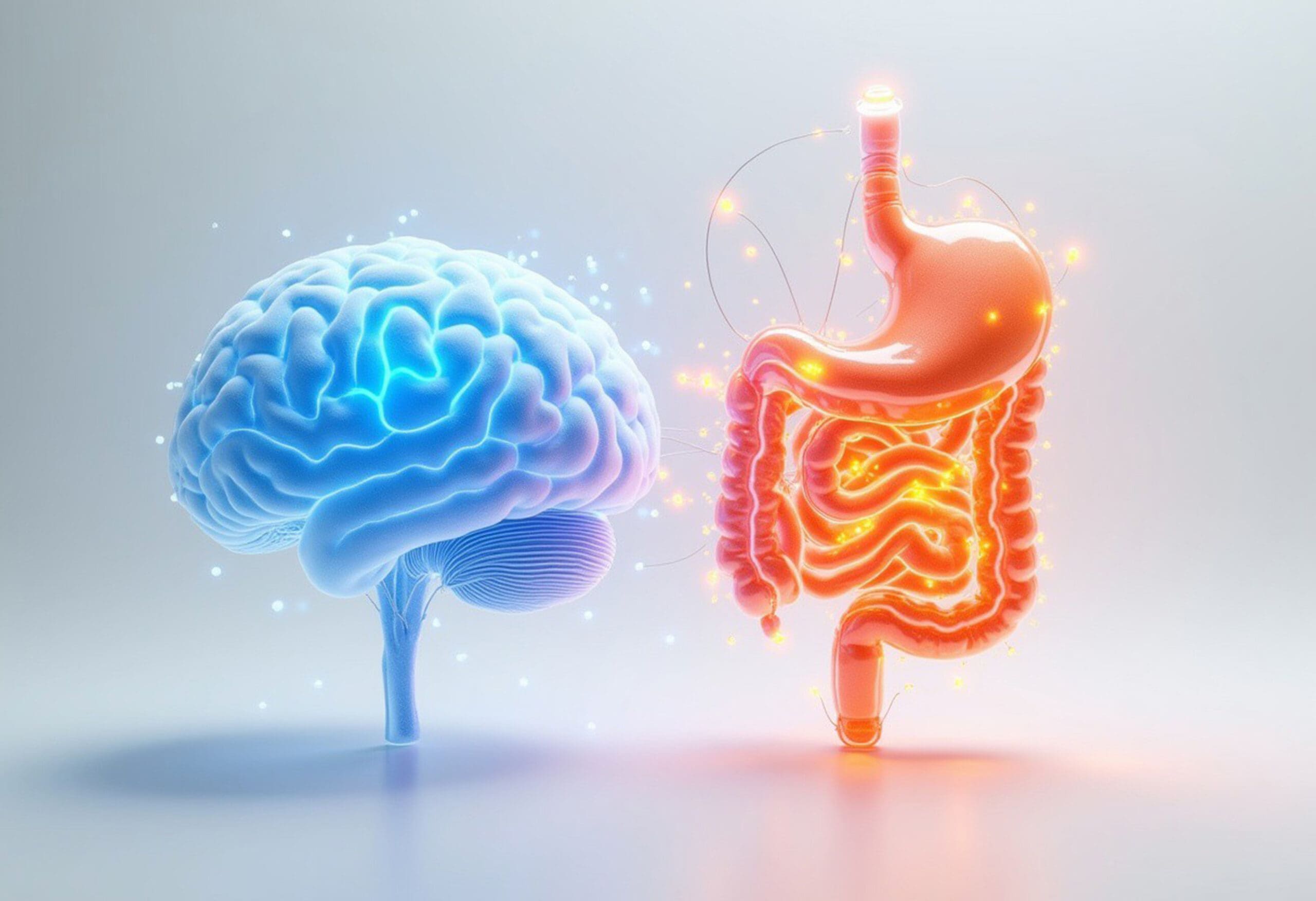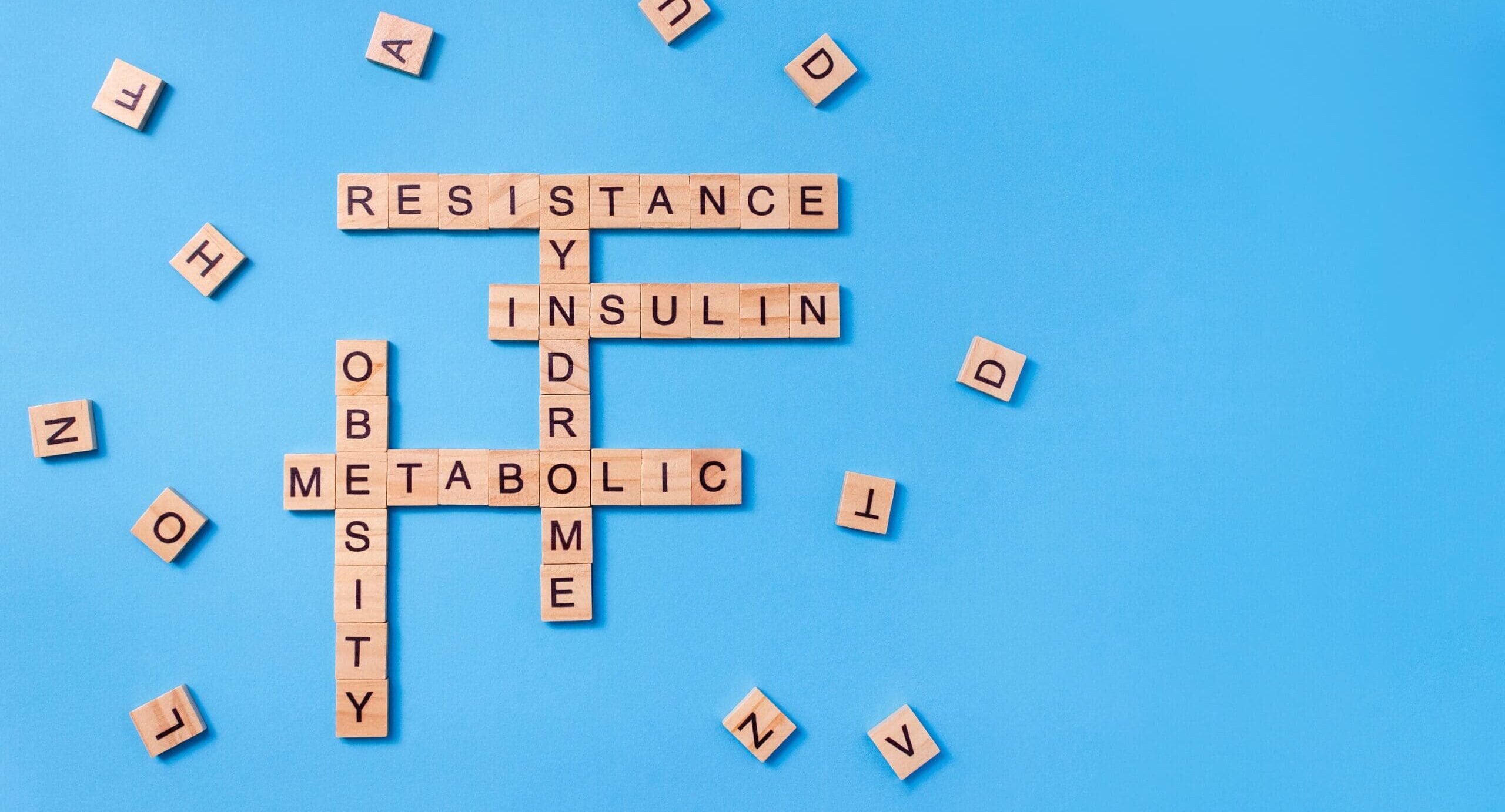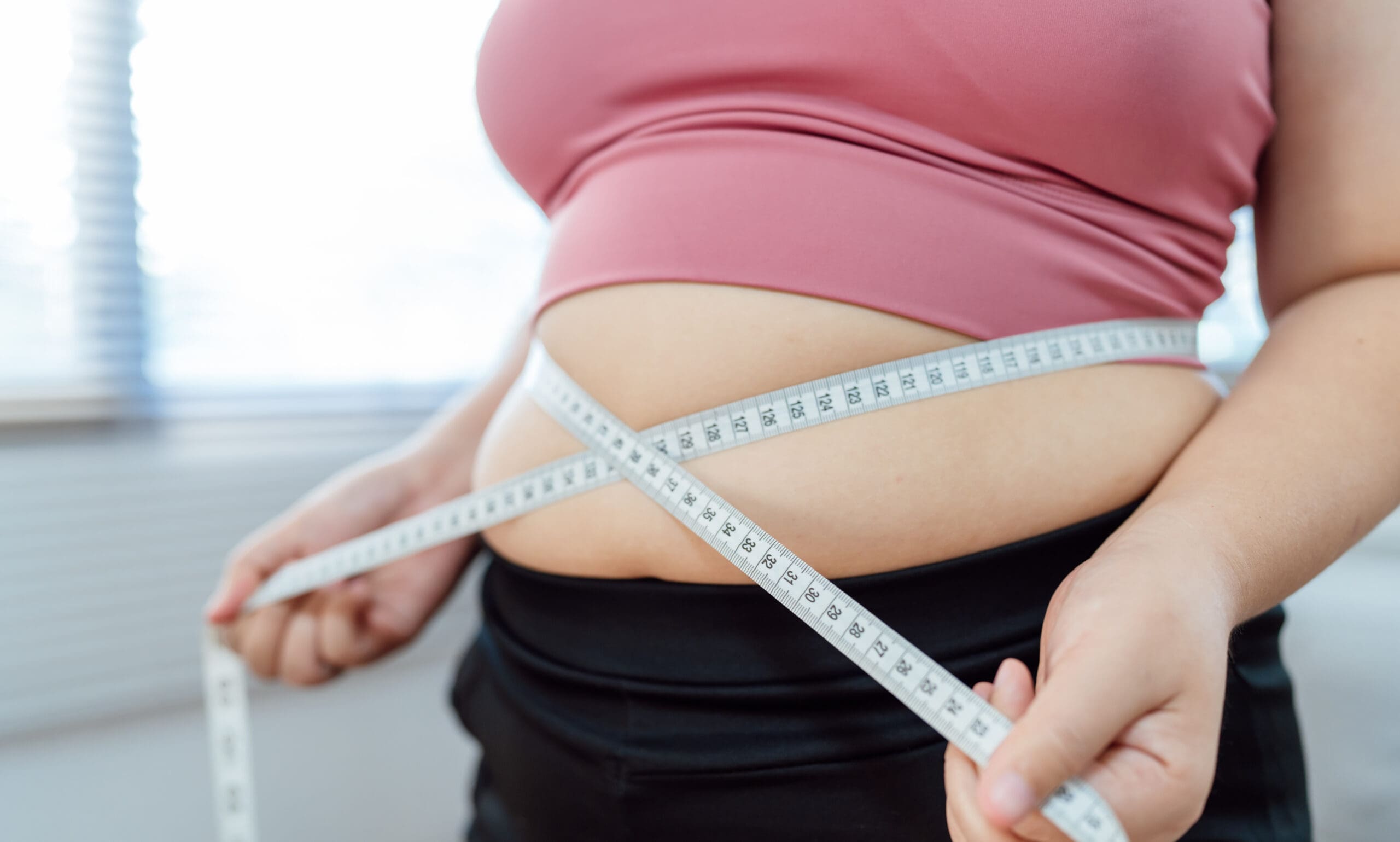By naturopath Margaret Jasinska
After skin cancer, breast cancer is the most common type of cancer in Australian women. 42 women are diagnosed with the disease every day. Nearly everyone knows a woman that has been affected by the disease. Fear of developing breast cancer creates a lot of anxiety for many women. Interestingly, not many people know that more women actually die from heart disease than breast cancer.
What causes breast cancer? The short answer is potentially many things. There are several well established risk factors, many of which are under your control. A lot of women feel powerless over their ability to protect the health of their breasts. They assume the disease all boils down to bad luck and bad genes. This simply isn’t true. There are a lot of risk factors you probably aren’t aware of.
Here are 17 of them:
1. Genetic risk factors
Approximately five percent of breast cancer cases are caused by genetic mutations. The most well known are the BRCA1 and BRAC2 genes, the CHEK-2 and Tp53 genes. BRCA1 and BRCA2 are what is commonly referred to as “breast cancer genes”. They are actually tumour suppressor genes; all of us have these genes in our cells and they function to protect us from cancer. However, some people have mutations in these genes, which inactivate their protective function, thereby making breast cancer more likely to develop. The mutated genes are less effective at protecting you from cancer.
Women with BRCA1 and BRCA2 mutations are at increased risk of breast, ovarian and colon cancer. It is possible to inherit these mutated genes from either your mother or your father. Women with BRCA1 and BRCA2 mutations have a 40 to 80 percent increased risk of breast cancer by age 75, and a ten to 60 percent increased risk of ovarian cancer. Men with mutated BRCA2 genes are at increased risk of breast cancer. The good news is that survival from breast cancer is the same for women with the genetic mutation as for women without it.
2. Family history
If you have a sister, mother or daughter who has had breast cancer, your risk of the disease is increased by five to ten percent. If two close relatives have had breast cancer, your risk is increased by 15 percent. Your risk of the disease is higher if your relative was diagnosed before menopause. It is important to remember that breast cancer is a common disease and the great majority of women with breast cancer in their family have not inherited defective genes.
Having a family history of ovarian cancer places you at increased risk of ovarian and breast cancer. According to the Australian National Breast and Ovarian Cancer Center, eight out of nine women who develop breast cancer have not had a mother, sister or daughter with the disease.
3. Previous pre-cancerous breast changes
If a breast biopsy has discovered “atypical hyperplasia”, or “carcinoma in situ”, you are at a greater risk of developing breast cancer. Women with fibrocystic breast disease (lumpy breasts before a menstrual period) are at greater risk of breast cancer.
4. Early onset of menstruation
The younger you were when your menstrual periods started, the greater your risk of developing breast cancer. Women who began menstruating before the age of 11 have a three fold increased risk. This is because the more years your breast tissue is exposed to high levels of oestrogen, the greater your chances of developing the disease. Girls who are insulin resistant (have Syndrome X) begin menstruating earlier than girls without insulin resistance.
Abdominal obesity and a craving for sugar and high carbohydrate foods are telltale signs of insulin resistance. Being overweight increases the risk of breast cancer and this risk begins in childhood.
5. Late menopause
If you are 54 years or older when you enter menopause, you have a two fold higher risk of developing breast cancer. This is because your breasts are exposed to higher oestrogen levels for longer.
6. Late age of first pregnancy
If your first full term pregnancy occurs when you are older than 30 years, or if you never have children, you have a 20 to 40 percent higher risk of breast cancer. During the last stages of pregnancy, and while breast feeding, breast cells transform into their final phase of maturation and become far less susceptible to genetic mutations from cancer causing substances (carcinogens) and radiation. Women who have a premature delivery (gestation period under 32 weeks) are at increased risk of breast cancer. During pregnancy breast cells grow and divide, in preparation for lactation. During the final four weeks of pregnancy breast cells mature. Women who give birth prematurely miss out on the beneficial last stage and their breast cells do not mature adequately. This is especially significant if a woman’s first pregnancy was preterm.
Breast cancer is usually very slow growing in its initial stages, therefore women in their late 30s and early 40s may have an early breast cancer present that has not been detected yet, or have pre-cancerous breast changes. If a woman in this age group falls pregnant she is at higher risk of breast cancer because the surge in oestrogen that occurs during pregnancy can fuel the growth of a previously dormant tumour.
7. Progesterone deficiency
Oestrogen dominance, with relative progesterone deficiency is a risk factor for breast, uterine, ovarian and cervical cancer, as well as uterine fibroids. Oestrogen dominance is an extremely common condition in today’s society. Oestrogen and progesterone are the two main female hormones, and if they are not in balance, several health problems are likely to manifest. Progesterone deficiency can occur for a number of reasons. Progesterone is normally manufactured in the second half of the menstrual cycle, following ovulation. However, ovulation can be inhibited by a number of factors, including stress, nutritional deficiencies and high insulin levels (as seen in polycystic ovarian syndrome). Oestrogen dominance with progesterone deficiency is a common cause of PMS, menstrual migraines, endometriosis and some forms of infertility. Oestrogen has a stimulating effect on breast cells, whereas progesterone causes them to mature and differentiate, thereby making breast tissue less susceptible to damage by carcinogens (cancer causing agents).
8. High breast density on mammogram
If a mammogram has shown that you have dense breasts, you have a higher risk of breast cancer than women with less dense breasts. A mammogram done on a woman with dense breasts appears a lot like white cotton wool. In a woman with less dense breasts, the mammogram appears more grey and transparent. Having dense breasts means you have more breast ducts and less breast fat.
Breast density decreases as women get older, and significantly decreases when a woman enters menopause. However, there is great variation in breast density among women of the same age. This is thought to be due to blood oestrogen levels, as use of oral contraceptives and hormone replacement therapy increases breast density. Breast density cannot be determined by a physical breast examination; a mammogram is the most useful indicator of density.
9. Radiation exposure
If you received radiation therapy to your chest as part of treatment for another cancer, such as Hodgkin’s lymphoma or non-Hodgkin’s lymphoma, you have an increased risk of breast cancer. This is especially true if you received the radiation when you were a young child or adolescent, while breast tissue was developing. All types of ionising radiation increase the risk of breast cancer. Studies have shown that female flight attendants who have been flying for five years or more have double the risk of breast cancer compared to women in the general population.
10. Excess weight
Being overweight or obese increases your risk, particularly if you carry excess weight in the upper part of your body. This is because having high levels of insulin in your bloodstream (insulin resistance) and insulin-like growth factor 1 promotes cell growth. Your risk particularly increases if you gain weight after menopause. When overweight women get breast cancer, it tends to be more aggressive with a poorer prognosis, and the cancer is more likely to recur.
11. Height
Some studies have shown that women taller than 175 centimetres are at increased risk of breast cancer.
12. Use of oral contraceptives
The synthetic hormones found in birth control pills increase the risk of pre-menopausal breast cancer. This is especially so if women take oral contraceptives for four or more years and they use them before their first full term pregnancy. A meta-analysis published in the USA Mayo Clinic Proceedings found that 21 out of 23 studies showed that oral contraceptives increase the risk of breast cancer, particularly if taken before pregnancy. The increased risk was 44 percent.
You may be interested to know that in 2005, the World Health Organisation officially classified oral contraceptives as a “class one carcinogen”, meaning they are a “known human carcinogen”, or cancer causing agent. Very few women taking oral contraceptives would be aware of this fact. The synthetic hormones found in pill form are also used in the contraceptive patch, implanted rod and vaginal ring, therefore we can assume they have similar risks.
13. Use of synthetic hormone replacement therapy
Most studies have shown that using synthetic hormone replacement therapy increases the risk of breast cancer. This is especially the case if women use HRT for four years or more. Post menopausal use of HRT increases breast density, therefore if a tumour is present, it will be harder to detect on mammogram. This means the cancer is usually detected at a later stage, and therefore less treatable.
In 2002 the Women’s Health Initiative Study found that oral combined HRT increases the risk of breast cancer, blood clots, stroke and cardiovascular disease. Consequently, in the USA HRT use fell by 68 percent between 2001 and 2003. A short time after that, breast cancer rates dropped 11 percent. According to the National Cancer Institute in the USA, this drop in incidence has never been seen before with breast cancer and it was most likely attributable to the drop in HRT use. This research was presented at the San Antonio Breast Cancer Symposium in 2006. This research relates to hormone replacement therapy comprised of synthetic oestrogen and synthetic progesterone (called progestin).
14. Alcohol consumption
According to the American Cancer Society, women who consume more than one alcoholic drink each day have a 20 percent higher risk of breast cancer than women who don’t drink. The risk continues to rise as the number of drinks consumed rises.
15. Smoking
Cigarette smoking increases the risk of all forms of cancer because of the various cancer causing chemicals found in cigarettes. An Australian study has shown that smoking approximately doubles the risk of breast cancer in women with the mutated BRCA1 and BRCA2 genes. The research found that in women with breast cancer genes, their risk of developing the disease is 35 percent if they don’t smoke and almost 65 percent if they do. Clearly, not smoking is an easy way of lowering your chances of developing breast cancer if you are at high risk.
16. Poor diet and nutrient deficiencies
Diets high in sugar and refined carbohydrate (white rice, pasta and foods made of flour) increase the risk of breast cancer because they stimulate high levels of insulin and insulin-like growth factor 1, both of which stimulate cell growth. Diets high in omega 6 fats and low in omega 3 fats promote inflammation, and in this way increase the risk of breast cancer.
17. Environmental chemicals
A number of environmental toxins are strongly implicated in causing breast cancer. These include pesticides, industrial chemicals, flame retardants, as well as chemicals in cosmetics and plastic. Many of these toxins are endocrine disruptors, meaning they interfere with normal hormonal action. We believe that environmental chemicals are the greatest contributor to the skyrocketing rates of breast cancer in the last 50 years.
References
The Breast Cancer Prevention Guide, by Dr Sandra Cabot and Margaret Jasinska
Cancer 2004;101:353-62
L.J. Vatten, et al. Pregnancy related protection against breast cancer depends on length of gestation. Br. J. Cancer 87 (2002) 289-290
Rafnsson, V, Occupational and Environmental Medicine, November 2003, vol 60, pp 815-820
29th Annual SABC: Abstract 5. Presented December 14, 2006









Leave A Comment